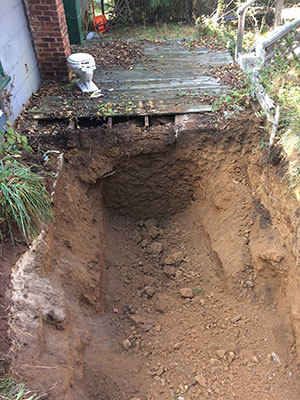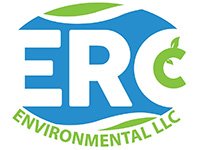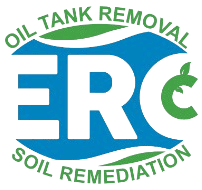Underground Oil Tanks and Environmental Due Diligence
In New Jersey and throughout the United States, the demand for environmental site assessments has gone way up in the past couple of decades. This is a result of the interpretation of the Comprehensive Environmental Response, Compensation, and Liability Act (Superfund) by courts, which have held that a buyer, lessor, or lender of property may be liable for the cleanup of hazardous substances on that property, even if a prior owner was the cause of the contamination and the currently associated parties had no knowledge of it. Unfortunately, such has been the case for many property owners that have unknowingly purchased property with a buried oil tank. These sellers and interested parties have been pinned with the cost of oil tank removal and/or soil cleanup in many cases because buyers have wizened up, performing thorough inspections and assessments before closing on a sale.

Phase I Environmental Site Assessment
In the sale of commercial property, frequently a Phase I environmental site assessment (ESA) is done to evaluate potential liabilities. A Phase I is research-based, typically done mostly through visual inspection and research through public agencies. Scrutiny includes identifying potentially hazardous substances used or stored at the site (such as an underground oil tank), environmentally suspect building materials, air and water quality, and the condition of the land and structural elements (e.g. mold assessment). Phase I site assessments must be performed by a qualified company. Ultimately, the purpose of the official environmental site assessment is to provide the real estate buyer and/or associated party with financial protection in case something is discovered during or after it takes place. Since contamination from an oil tank leak can cost many thousands of dollars, this is an important process.
Oil Tank Inspection On Residential Property
Residential property sales often involve less of a formal inspection process, but the buyer and the bank or other lender the buyer is working with will want to know if there was or is an oil tank in use on the property as well, as the potentially liability to the cost of cleanup from a leak is just as serious. The presence of an underground oil tank is sometimes disclosed by the seller ahead of time, but other times is uncovered through the site inspection. It is important to know how to find a buried oil tank for this reason, because if the buyer fails to find an existing tank through the inspection, they can still be responsible for it in the future.
An underground oil storage tank (UST) might be found buried close to a basement wall. Although most or all of the tank is underground, there will likely be a fill pipe sticking out of the ground and a valve in the basement leading the oil to a furnace. There might be bald patches on the lawn where oil was spilled or a tank valve is currently or was formerly located. If the buyer does not see obvious signs of an oil tank or if one is not disclosed, an experienced professional such as ERC Environmental Inc. has the necessary equipment and knowhow to rest aside any doubt. Always contact a licensed underground oil tank removal company such as ERC to address any concerns of a buried oil tank before completing a real estate purchase – the decision can save you a lot of money down the road!

Contact.
Contact us today to get started.
Call: 877-440-TANK (8265)
You can also fill out the form below and we’ll contact you within 24 hours:



